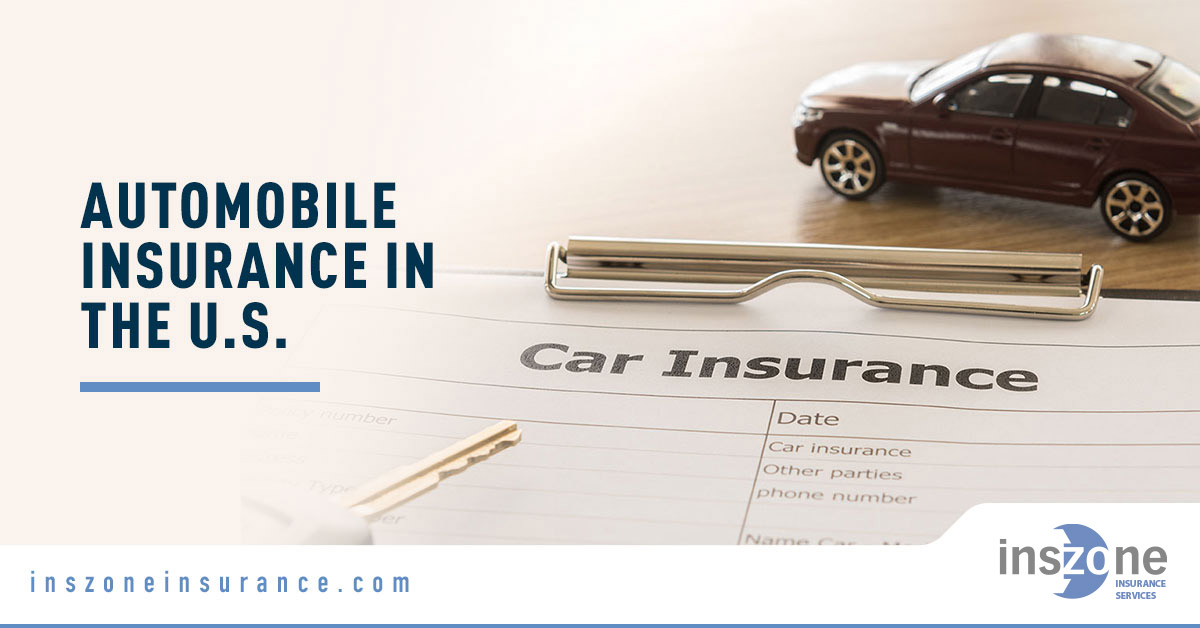Auto insurance isn’t just a legal requirement—it’s your financial safety net. Whether you’re driving to work, running errands, or taking a weekend road trip, an accident or unexpected damage can happen at any time. Without coverage, repair costs, medical bills, and liability claims can easily climb into the tens of thousands.
Insurance exists to protect your finances when life on the road doesn’t go as planned. But with so many policy types and coverage limits, it can be difficult to know what’s essential and what’s optional. This guide breaks down how auto insurance works, what it covers, and how to choose the right policy for your needs.
What Auto Insurance Covers (and What It Doesn’t)
Every policy has specific protections and limitations. Understanding the basics helps you avoid unpleasant surprises after a claim.
Liability Coverage
Liability insurance is the foundation of every auto policy—and it’s required in nearly every U.S. state. It covers injuries or property damage you cause to others in an accident.
Liability coverage is typically split into two limits:
- Bodily Injury Liability (BI): Covers medical expenses, rehabilitation, and legal fees if you injure someone.
- Property Damage Liability (PD): Covers the repair or replacement costs for another person’s vehicle or property.
For example, if your policy reads 100/300/100, that means your insurer will pay up to $100,000 per person, $300,000 per accident, and $100,000 for property damage. Anything above those limits could come out of your pocket.
Collision Coverage
Collision coverage pays for repairs or replacement if your vehicle is damaged in a crash—regardless of who’s at fault. This includes hitting another car, a guardrail, or a stationary object like a pole.
If your car is leased or financed, your lender likely requires collision coverage. You’ll choose a deductible, which is the amount you pay out of pocket before insurance kicks in.
Comprehensive Coverage
Comprehensive coverage protects your car against damage that isn’t caused by a collision. This includes:
- Theft or vandalism
- Fire or falling objects
- Storms, flooding, or hail
- Animal collisions (like hitting a deer)
It’s often called “other-than-collision” coverage and is especially valuable if you live in an area prone to severe weather or theft.
Uninsured / Underinsured Motorist Coverage
Unfortunately, not every driver on the road has enough insurance. Uninsured/underinsured motorist (UM/UIM) coverage protects you if someone with little or no coverage causes an accident.
This coverage can apply to both bodily injury and property damage, depending on your state. It’s especially important in areas with high rates of uninsured drivers.
Personal Injury Protection (PIP) and Medical Payments (MedPay)
Personal Injury Protection—commonly called PIP—is mandatory in some states and optional in others. It covers medical expenses, lost wages, and even childcare costs if you’re injured in an accident, regardless of fault.
Medical Payments (MedPay) works similarly but usually covers smaller, immediate expenses like emergency treatment. Both can be invaluable if you don’t have strong health insurance.
Optional Add-Ons and Specialized Coverage
Modern insurance policies can be customized with additional protections, such as:
- Roadside Assistance: Covers towing, lockouts, and jump-starts.
- Rental Reimbursement: Pays for a temporary rental while your car is being repaired.
- GAP Insurance: Covers the difference between your car’s actual value and what you owe on a loan or lease.
- Rideshare Insurance: Fills gaps left by Uber, Lyft, or other rideshare company policies.
Optional coverages can be added based on your driving habits, vehicle value, and lifestyle.
How Auto Insurance Works
Understanding how claims, deductibles, and premiums work helps you make informed decisions about your coverage.
How Claims Are Filed
If you’re involved in an accident or your vehicle is damaged, follow these basic steps:
- Document the scene: Take photos of vehicles, damages, and license plates.
- Exchange information: Get contact and insurance details from other drivers or witnesses.
- Notify your insurer: Report the claim as soon as possible.
- Cooperate with your adjuster: They’ll investigate and determine payment for repairs or medical expenses.
Keeping thorough records ensures your claim is processed quickly and fairly.
How Deductibles Work
A deductible is the amount you pay out of pocket before your insurance coverage applies.
For example, if your deductible is $1,000 and your car sustains $5,000 in damage, you’ll pay $1,000 and your insurer covers the remaining $4,000. Choosing a higher deductible can lower your premium, but it also means you’ll pay more out of pocket if you file a claim.
How Premiums Are Calculated
Insurance premiums vary by driver because they’re based on risk factors.
Key elements include:
- Driving record: Accidents, tickets, and claims increase rates.
- Vehicle type: Sports cars cost more to insure than family sedans.
- Location: Urban areas often have higher premiums due to theft and traffic.
- Mileage: The more you drive, the more risk you face.
- Credit score: Many states allow insurers to use credit history as a risk indicator.
- Coverage selections: Higher limits or lower deductibles increase cost.
Understanding these variables helps you identify where you can save—without reducing coverage.
How Much Auto Insurance Do You Need?
Each state sets minimum coverage requirements, but those minimums are often too low to provide real protection. For example, California’s minimum property damage limit is just $5,000, which wouldn’t cover a minor collision in today’s market.
A good rule of thumb is to carry at least 100/300/100 in liability coverage. This ensures you’re protected if you cause significant injuries or property damage.
Your coverage needs depend on:
- Your car’s value
- Your financial situation and assets
- Your driving environment (urban vs. rural)
- Your risk tolerance
A trusted independent agent can help you tailor a policy that matches both your budget and your exposure.
Common Auto Insurance Scenarios (and How Coverage Applies)
Rear-End Collisions
If another driver hits you from behind, their liability coverage should pay for your repairs and medical bills. If they’re uninsured, your collision or uninsured motorist coverage would apply.
(Read more: Essential Car Insurance | Rear-End Damage)
Hitting an Animal or Debris
Striking a deer or road debris falls under comprehensive coverage. Even if it’s unavoidable, your deductible still applies.
Uninsured Drivers or Hit-and-Runs
Your Uninsured/Underinsured Motorist coverage can step in to cover both repairs and medical expenses if the at-fault driver can’t pay.
Weather or Fire Damage
Storms, flooding, or wildfires are covered under comprehensive insurance. Review your limits and make sure your car’s replacement value is accurate.
Rental Car and Loaned Vehicle Accidents
Most personal policies extend limited coverage to rental cars. However, if you frequently rent or lend your vehicle, ask about additional coverage to close potential gaps.
Auto Insurance for Different Drivers
New Drivers and Teens
Because young drivers lack experience, they typically face higher rates. Encourage good habits early and explore discounts for good grades, driver education, and telematics programs that reward safe driving.
Seniors
Older drivers may qualify for loyalty and safe-driving discounts, but should also review coverage annually to match current driving habits and vehicle use.
Business Use and Rideshare Drivers
If you use your vehicle for business or rideshare services, you’ll need either a commercial auto policy or a rideshare endorsement. Standard personal auto insurance may not cover accidents that happen during paid work.
How to Save on Auto Insurance (Without Cutting Coverage)
There are plenty of ways to lower your premium responsibly.
- Compare rates from multiple carriers through an independent agency.
- Bundle auto with home, renters, or umbrella insurance.
- Raise your deductible slightly to reduce monthly costs.
- Take advantage of discounts for safe driving, low mileage, or vehicle safety features.
- Consider Usage-Based Insurance (UBI) programs that track driving behavior through telematics—safe drivers can see savings of up to 20%.
The key is to reduce cost strategically, not by removing essential protections.
Frequently Asked Questions about Auto Insurance
Is auto insurance required in every state?
Nearly all states require at least liability coverage. A few exceptions, like New Hampshire, allow drivers to post a financial bond instead.
What’s the difference between full coverage and liability-only?
Full coverage usually refers to a combination of liability, collision, and comprehensive. Liability-only policies meet legal minimums but won’t pay for your own repairs.
Do I need to report every accident?
It’s best to notify your insurer of any accident, even minor ones. Hidden damage or delayed injuries can result in denied claims if not reported promptly.
How an Independent Agency Helps You Find the Right Coverage
The best way to navigate today’s insurance market is with an independent agency like Inszone Insurance. We partner with multiple carriers—so you get objective advice, competitive pricing, and a policy designed around your unique needs.
Whether you’re comparing quotes, filing a claim, or adjusting coverage, our agents ensure you understand every step of the process.
Contact Inszone Insurance today at (877) 308-9663 or visit inszoneinsurance.com to review your policy and explore better options for auto protection.





